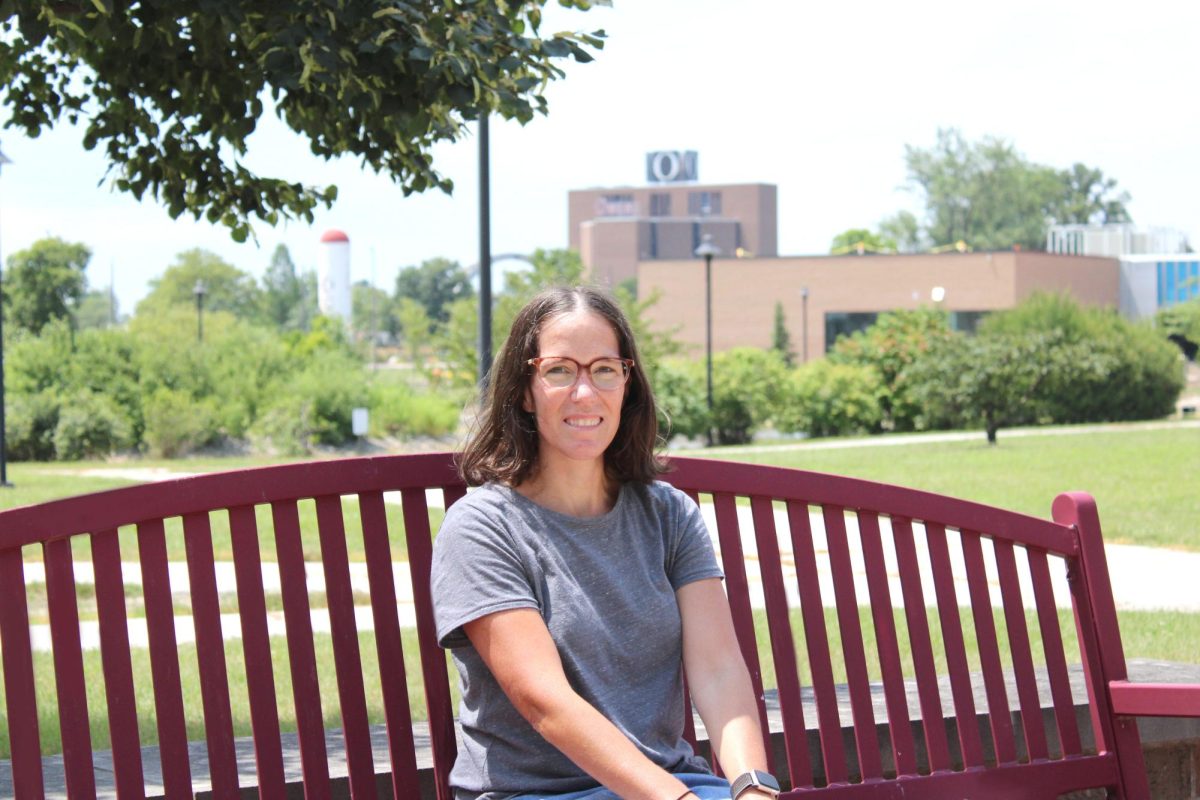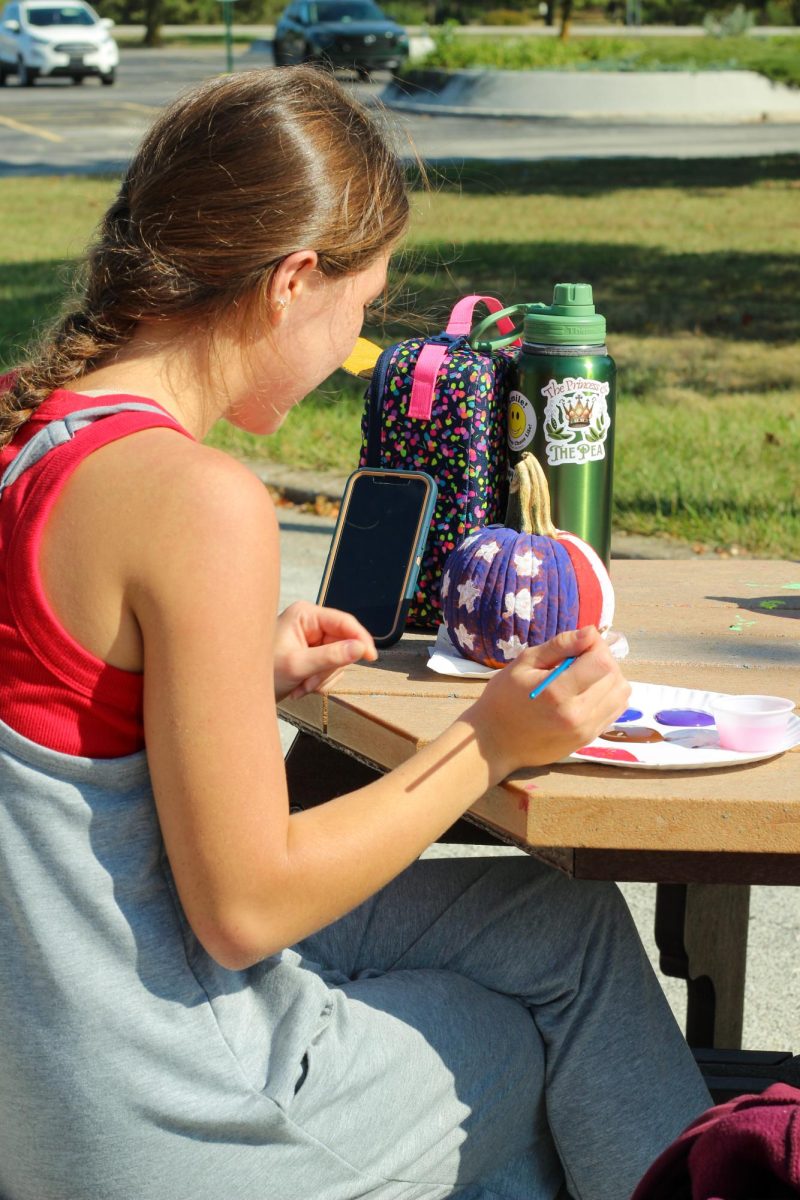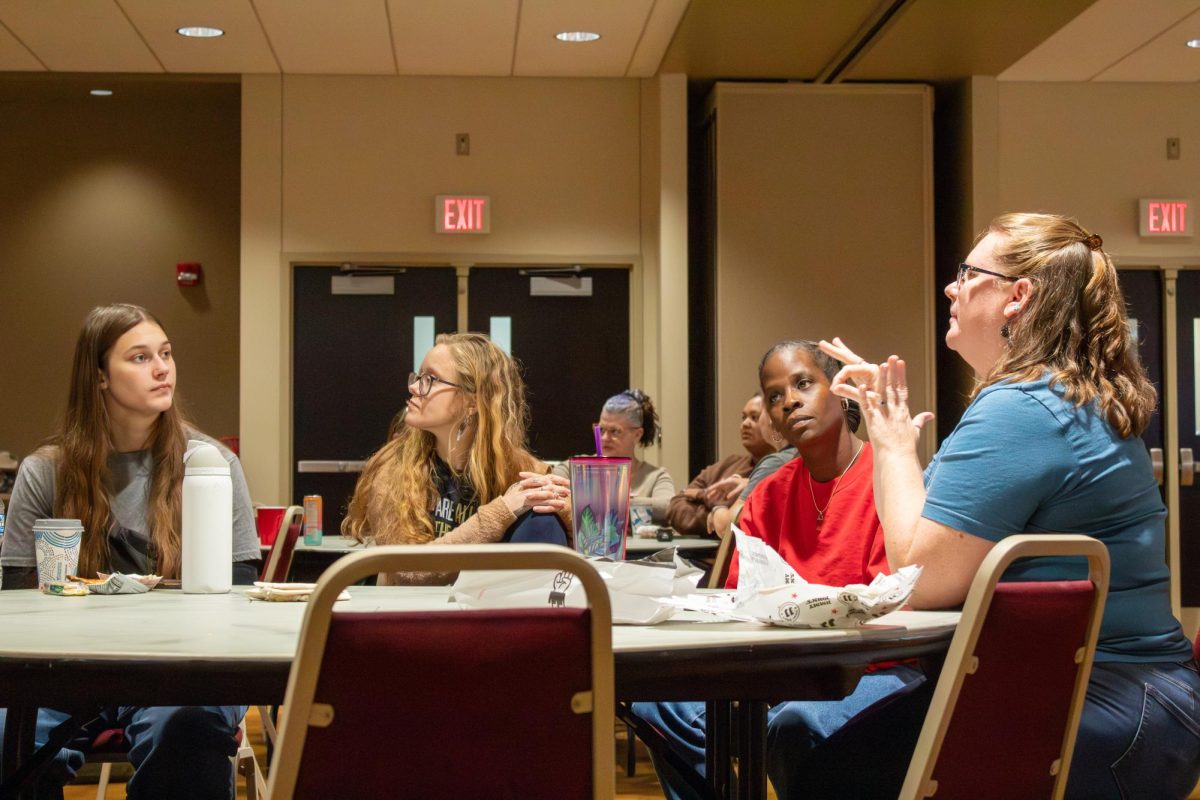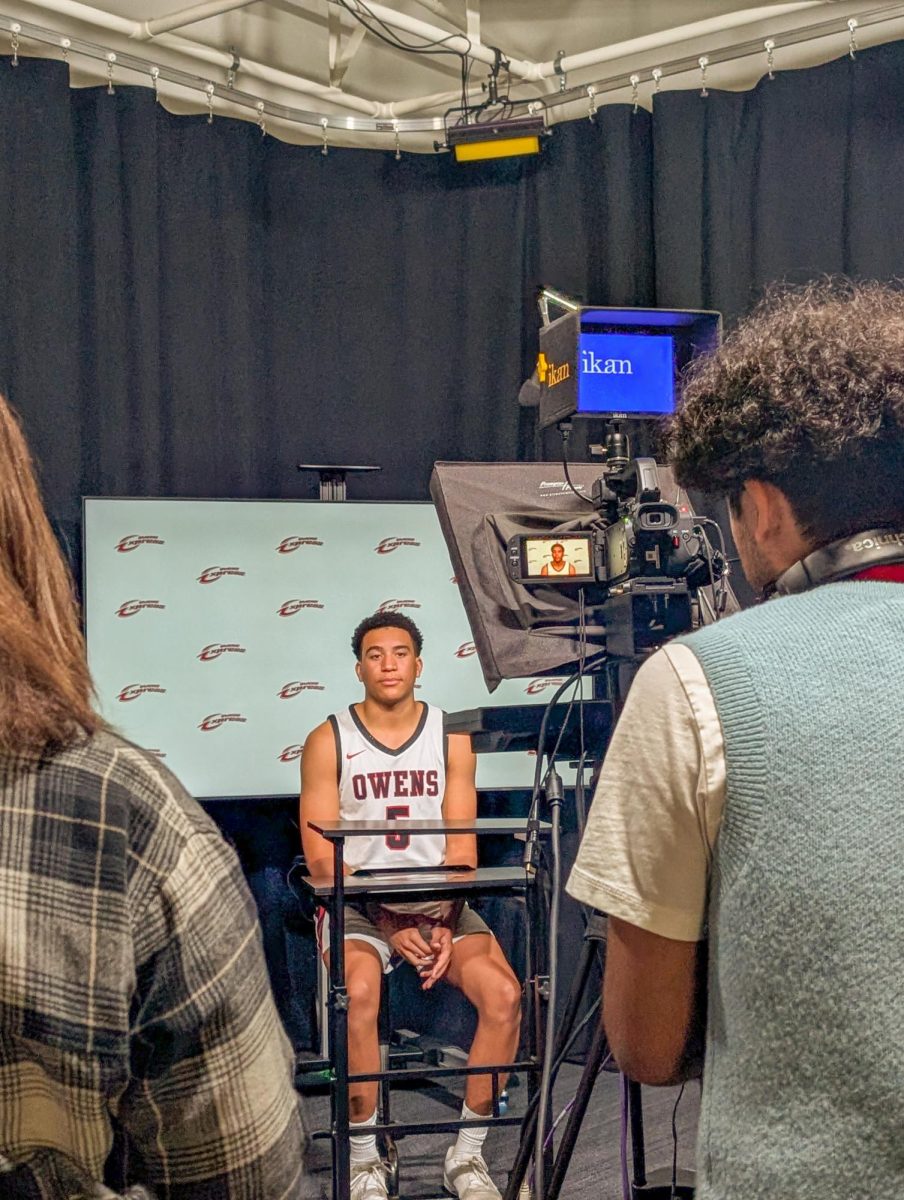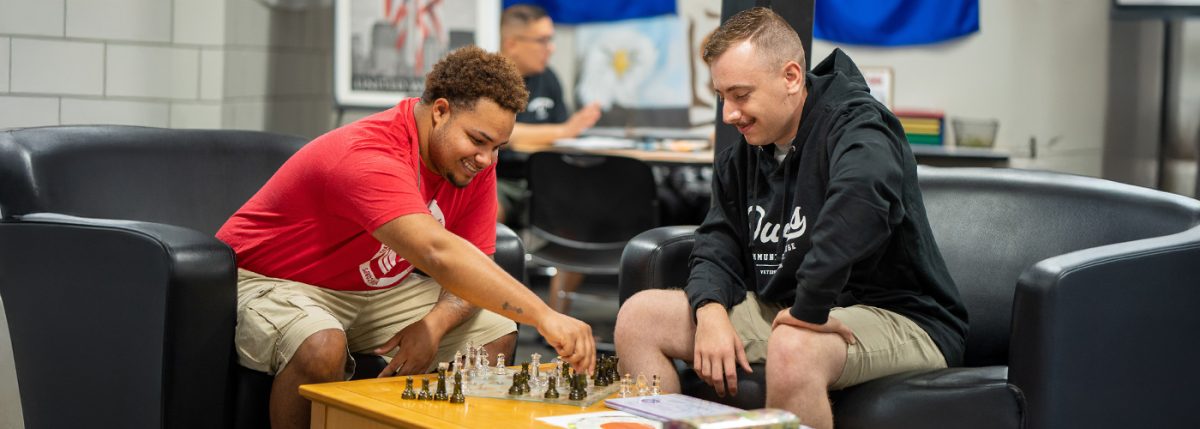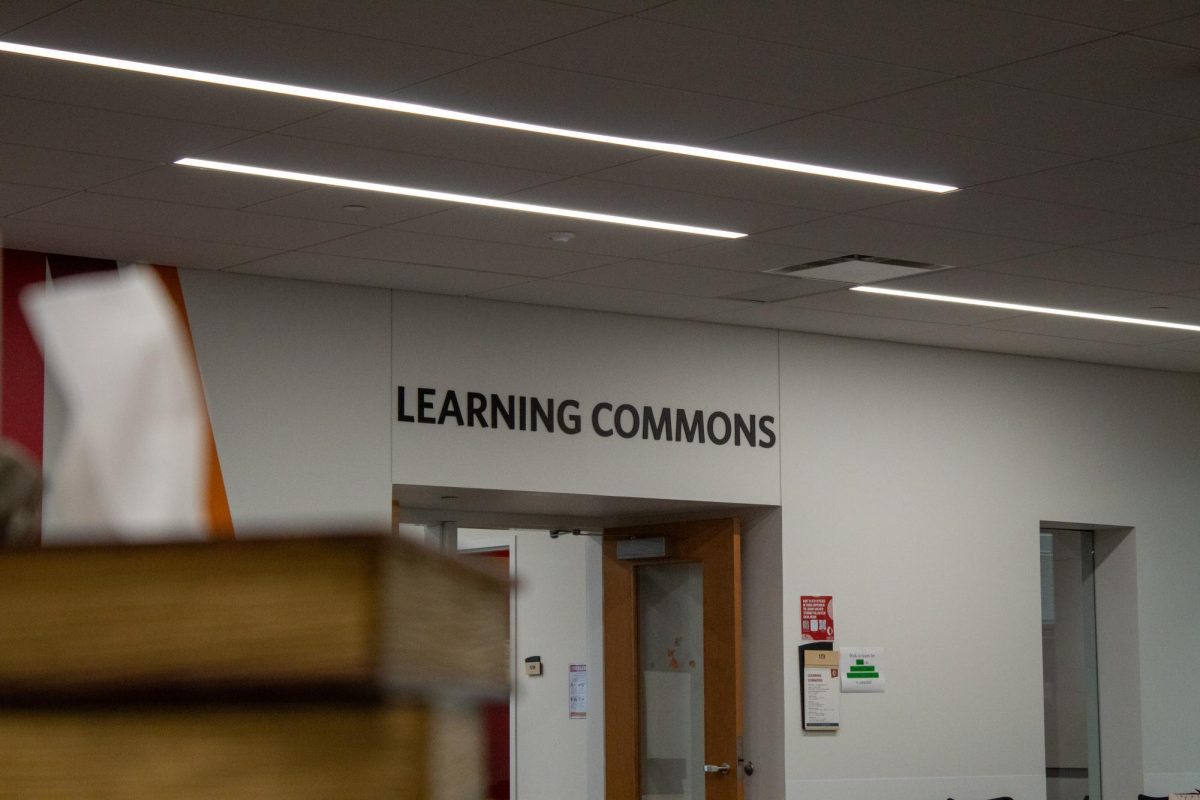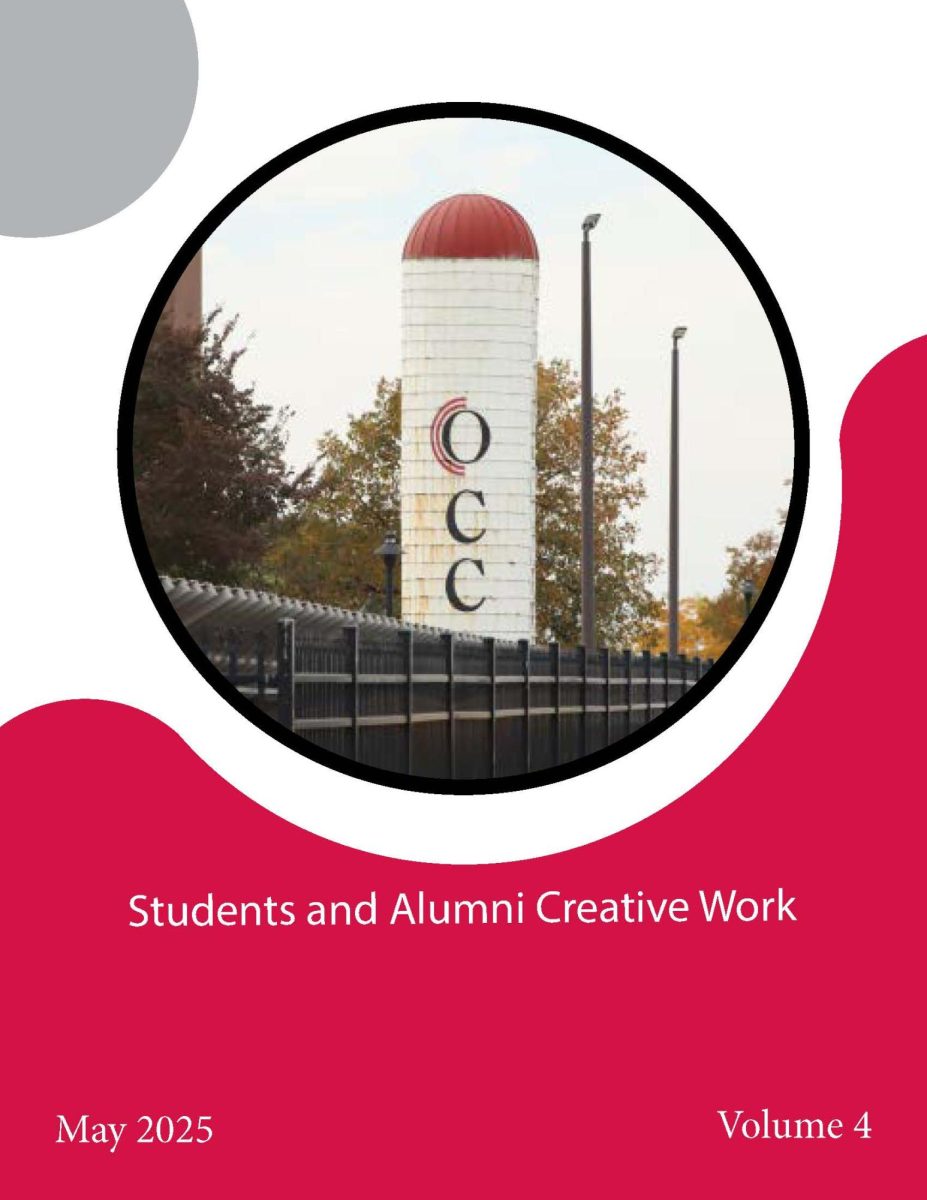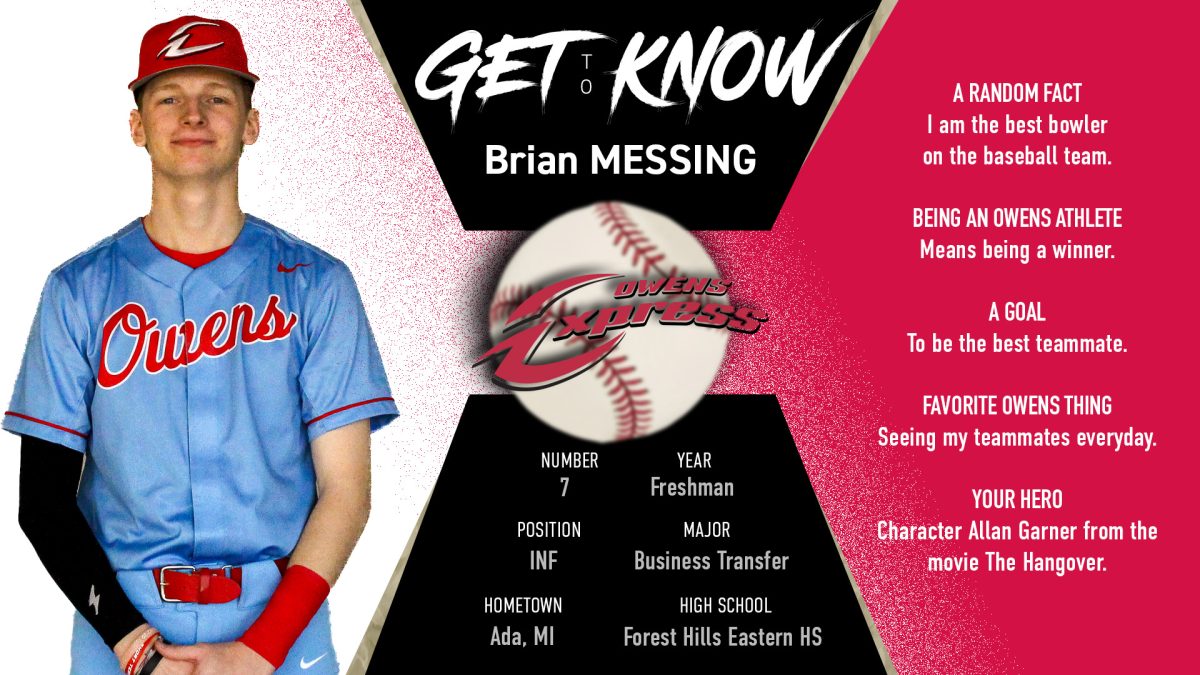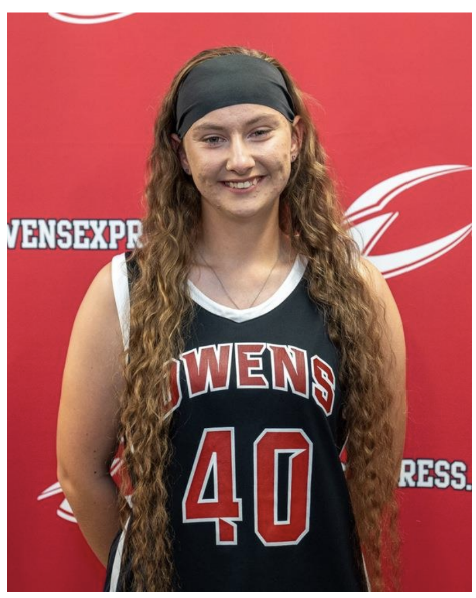Whenever you watch college athletics, whether it’s football, basketball, soccer, baseball, etc… they’re always some of the top athletes in the United States and sometimes even in the world. What people forget, though, is that they’re not just full time athletes.
They are students, as well, who spend most of their day’s balancing lifting schedules, practices, and school work. You see this through every level of college athletics, whether its Division 1, Division 2, Division 3, NAIA, or Junior College. The key differences between them are publicity, talent, and the balance of school and sports.
The publicity and balance of school and athletics between Division 1 and Division 3 are on two completely separate levels.
Division 3 athletes have a better balance between athletics and education and do not ofter athletic scholarships compared to Division 1 or 2 schools. I was able to interview a student-athlete that plays baseball. Brian Messing, a sophomore from Michigan, who has been attending Owens Community College for the past two years stated that this year hasn’t been as complicated with balancing classes and practices since most of his classes are online and he only has a couple in-person classes.
“Most of my classes this year are online and they don’t take me too much time to finish. My in person classes don’t run into our scheduled practice times, so I don’t ever really have to worry about any inconveniences or conflicts,” stated Messing.
Messing, like the majority of the baseball team at Owens Community College, doesn’t have to worry about schoolwork getting in the way of athletics. Unlike Messing though, others on the baseball team struggle to balance their academics along with the sports.
Jacob Shadle is a freshman from Napoleon, OH, who is majoring in the trade of welding. Since a lot of his school work is hands-on, he doesn’t have to worry as much about homework, just mainly studying blueprints. Shadle stated, “My classes run into practice times on Mondays and Wednesdays, since practices start at 3. I normally get there around 3:30-3:45. My class doesn’t always let out at the same time, though; sometimes we’re out earlier, and other times we get out later. It just depends on what we’re doing and how important it is.”
Shadle needs to be sure he can get to practice as soon as he can, since he doesn’t have a definite time when his class ends. “The practices at this level of baseball are a lot better than my high school ones. I enjoy going to these practices, and I want to get better every time I go. Unfortunately, my classes get in the way of this, and there’s not much I can really do because school has to come before athletics. That’s why we’re called ‘student-athletes,’ not ‘athlete-students.’”
The point that Shadle makes here is that his dedication towards himself to get better, as well as helping the team, is cut off slightly by having to show up late to some practices. The coaches understand the fact that school comes before athletics, which is why they make sure they help with time management, like getting in the mandatory study hall hours.
Laila Eiland, a friend of mine from high school, runs Division 1 track for Georgia State, and she was able to talk about the difficulties of balancing school and athletics being a Division 1 athlete. Eiland stated that she has some issues due to school like mandatory study halls.
She also stated, “If it wasn’t for the study hall, tutors, and my coaches, it might be more difficult.” She also goes on to say, “My classes run very close to my practices, but my classes come first and the coaches are ok with moving practices a little so I can make sure everything is taken care of.”
Both of these statements show how the school and coaches are understanding of the balance between school and athletics. Track is a very different sport compared to baseball, though, because track is more of an individual sport, so you’re able to move practices earlier or later, while baseball is more of a team based sport and practices have a standard start time.
She lastly stated that the main reason you go to college is to “prioritize your education, athletics is a big part of it, but at the end of the day, you want to come out with something you can use in the real world. In case track doesn’t work out in the future.”
The statements that Laila addressed show that in a bigger division, it is a little bit more complicated to get work done especially because there is a higher expectation from athletics.
Both Division 1 schools and Division 3 schools have their pros and cons, but for some it full ride scholarships that make Division 1 schools more appealing, while for others it is the less pressure of a Division 3 school that makes them more appealing.



